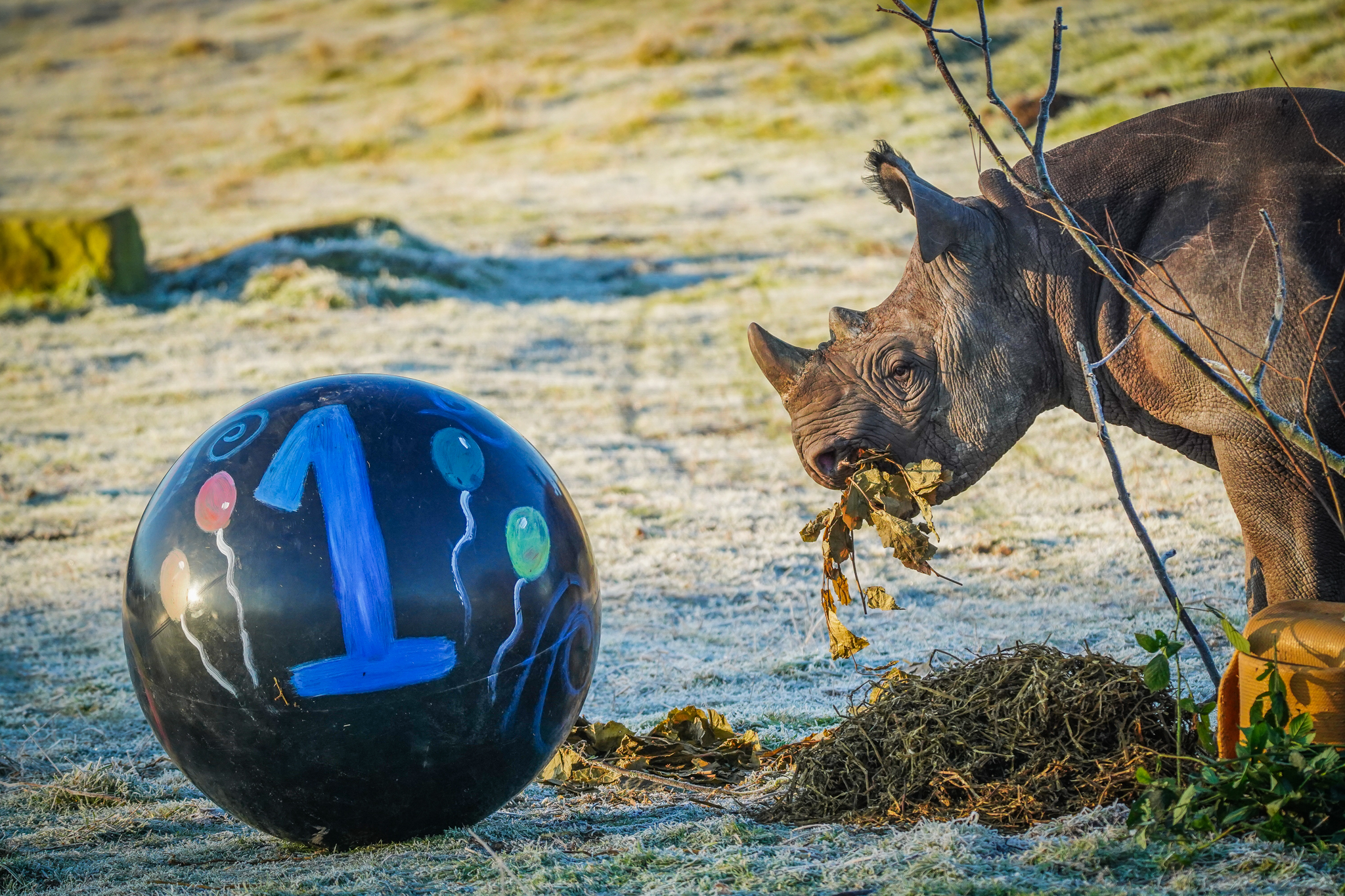Today we’re celebrating International Jaguar Day (29th November), a global event established to raise awareness about the growing threats facing jaguars and the vital conservation efforts underway to protect them.
First observed in 2018, this annual day highlights the jaguar’s role as the largest wild cat in the Americas and as a crucial umbrella species for biodiversity conservation. It also celebrates the jaguar’s cultural significance and its importance for sustainable development across its range, from Mexico to Argentina.
International Jaguar Day also shines a spotlight on the efforts of jaguar range countries, working alongside international partners, to protect jaguar corridors and habitats as part of broader global initiatives like the United Nations’ Sustainable Development Goals.
The WildLife Foundation previously supported the WildCare Institute’s Atlantic Forest Project in Misiones, Argentina, which is working to strengthen a critical green corridor for endangered species. This project focuses on creating a biological sanctuary within the Atlantic Forest, preserving vital habitats for species like the maned wolf, lowland tapir, and jaguar.
Funding from the foundation has enabled the protection of nearly 4,000 hectares of land and supporting efforts to ensure species survival. This includes providing local communities with 18 educational workshops led by Argentina’s top environmental experts. These workshops aim to equip communities with skills in livestock management and land restoration while fostering a greater appreciation for wildlife.
The project also addresses key conservation challenges by promoting alternatives to hunting, increasing enforcement measures, and improving coexistence between wildlife and people. By protecting these ecosystems and empowering local communities, the initiative is making a lasting impact on the future of the Atlantic Forest and its iconic inhabitants.
Want to learn more about our fierce friends?
Take a look at five fantastic facts about Jaguars below:
Third-Largest Cat- Jaguars are the third-largest big cat in the world, after tigers and lions, and they are the largest big cat in the Americas.
Rainforest Royalty- Jaguars are often associated with tropical rainforests, especially the Amazon. However, they can thrive in diverse habitats, including grasslands, swamps, and even dry scrublands.
A Wide Menu- Jaguars are not picky eaters! They are opportunistic hunters with a diet that includes over 85 different animal species, ranging from deer and capybaras to birds and fish.
Strong Swimmers- Their love for water is unique among big cats. They not only swim for fun but also use water as a hunting ground, catching fish or other aquatic creatures.
Solitary Wanderers- Jaguars are loners by nature. Each jaguar has its own territory, and they only come together for mating or when a mother is raising her cubs.
WildLife Foundation is committed to improving the welfare of jaguars. If you would like to support us in our mission to promote the conservation and welfare of jaguars in their natural habitat and in captivity, click here to donate. We could not do what we do without your generosity! To keep up to date with our latest news updates, be sure to sign up for our newsletter and follow us on Facebook, X/ Twitter, and Instagram.











